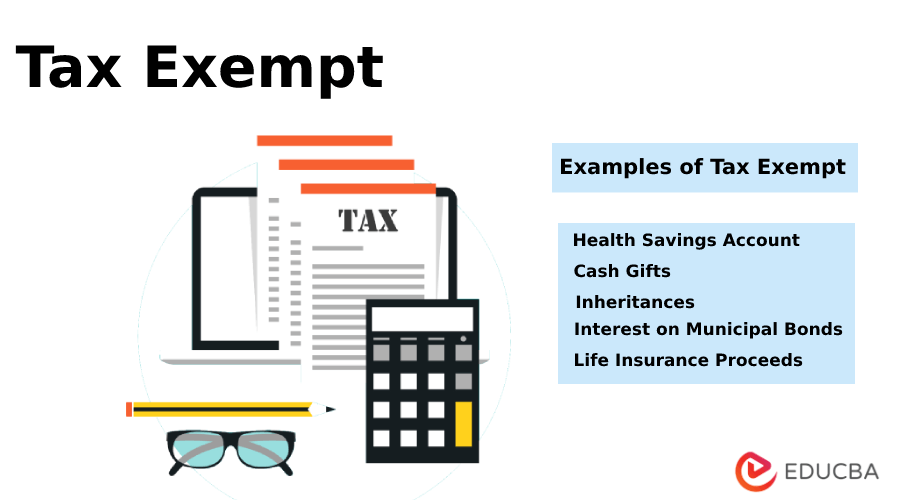

How taxes impact your financial planning process
Any journey towards your long term financial goals needs to necessarily be accompanied by a credible financial plan. A financial plan essentially converts your dreams and goals into financial milestones and maps these goals against your current and future resources. Financial planning is, therefore, based on 4 fundamental premises
1. The financial plan must be capable of generating the highest possible real return for a given level of risk that you are willing to take.
2. The financial plan must necessarily ensure that for any target return that you are aiming at, the risk should be the minimum
3. Liquidity is an important component of your financial plan and the plan needs to ensure that liquidity is made available to you when and in the quantity required
4. Lastly, your financial plan must be tax efficient. What it means is that returns must always be judged in terms of post-tax returns.
We shall focus in detail only on the tax aspects here. Taxation becomes relevant at various stages of your financial plan. For example, there is a tax rebate when you invest in select categories of investments. Secondly, there is also a tax implication when you earn regular returns in the form of interest or dividends. Thirdly, there is a tax implication at the time the capital gains are realized on assets. Lastly, there is the all important concept of EET that could change the economics of your financial plan. Let us understand each of these aspects in elaborate detail
Tax breaks at the time of investing
One of the basic principles of long term investing is that you must not focus overly on the tax aspect. But given a choice, you need to consider a more tax efficient option. If you need to make an allocation of Rs.100,000 during the year to mutual funds, then should you do it in diversified equity funds or an ELSS. Remember, an ELSS is also an equity fund with a 3-year lock period and giving the additional benefit under Section 80C. So instead of buying an endowment insurance policy, you can buy a term plan and the balance money saved can be invested in an ELSS. This will ensure that you get adequate life cover and your money grows in ELSS giving you additional benefits under Section 80C. The 30% exemption in the year of investing substantially improves your yield on the fund.
Tax implications of regular income on investments
This is an important consideration when you have to choose between similar investment products. Assume that you have an allocation of 20% to debt products during the year. You can invest in a bank FD but then the interest earned on the FD will be taxed at the peak rate of tax applicable to you. That will substantially reduce your post-tax returns. On the contrary, if you invest the money in debt mutual funds and opt for a dividend plan, then the dividend earned by you will be entirely tax-free in your hands. You also get the added benefit of capital appreciation when the interest rates go down, further adding to your post-tax yields.
Tax exemption at the time of booking profits
This factor is very relevant when you are actually comparing equity versus debt. Remember, the definition of capital gains is much more favourable in the case of equities as compared to debt. For example, in case of equities and equity mutual funds, the definition of long term is determined by the holding period of 1 year. Additionally, STCG for equities is charged at a concessional rate of 15% while the LTCG on equities are entirely tax exempt. Alternatively, if you own a debt fund with a growth option then it will be long term only if it is held for 3 years. In this case, short term capital gains will be taxed at your peak rate while long term gains will be taxed at 20% after considering indexation. A good option for you to consider will be the Balanced Fund plan since it combines the benefits of debt and equity. Additionally, if it has a 65% equity component then it is also classified as an equity fund for tax purposes.
Understanding EEE and EET when it comes to redemption
When you currently invest in an endowment life policy or in a provident fund, it is classified as EEE (Exempt, Exempt, and Exempt). That means, there is tax exemption at the time of investment, tax exemption on returns and also tax exemption on redemption. This tends to distort the yield curve and hence the CBDT has already initiated the plan to shift to EET, meaning that in the year of redemption it will be treated as income in the hands of the investor. If the complete shift to EET happens, it could make a huge difference to your post-tax returns.
Tax plays a crucial role in determining the attractiveness of your post-tax returns. From a financial planning perspective, that needs to be adequately built into your plan!
Related Posts
© 2025 Invastor. All Rights Reserved





User Comments